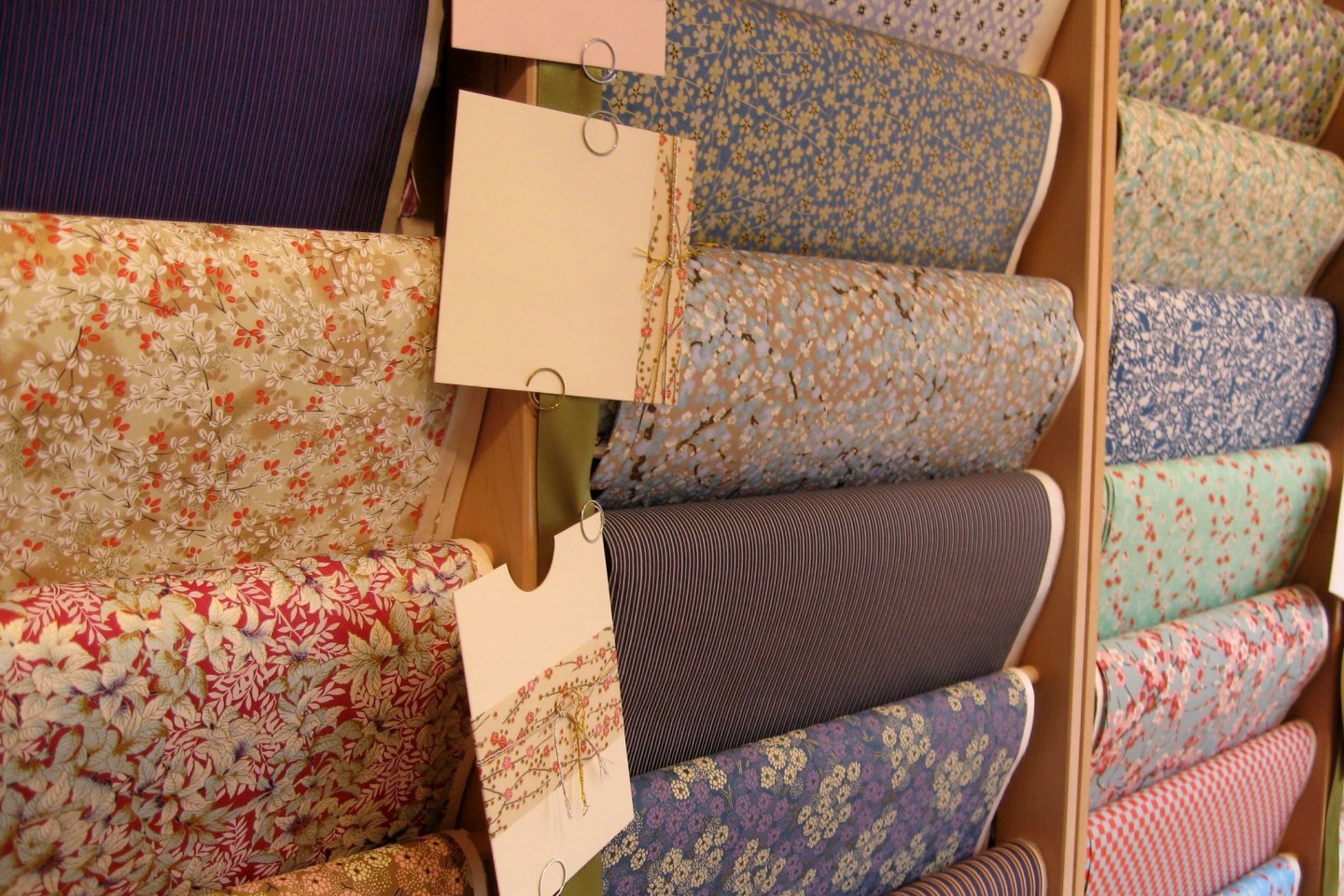Japan is home to a wide array of traditional arts and crafts, including shodo (calligraphy), ukiyo-e (woodblock print art) and origami (paper folding) to name just a few. What ties those three examples together? The necessity for paper. The creation of washi, or traditional Japanese paper, is an artform in and of itself, and has been recognized by UNESCO as an intangible cultural heritage.
There are a number of different theories about the origins of washi paper, with some stating that papermaking traditions were already existent in Japan around the 3rd and 4th centuries, and others stating it was an introduced artform around the 6th century. Either way, washi paper has a history of at least 1300 years here.
What makes washi paper unique is that even today it's made in a hands-on way, without relying on machinery. You can read more about the process in this Japan Travel article, but the steps involve tree bark being steamed, stripped, boiled and beaten, mixed with a glue-like substance, scooped onto a mesh screen, and shaped by the artisan.

Washi paper stores in Tokyo
Wondering where to get your hands on some washi paper in Tokyo? Here are three good options:
- Itoya Ginza - this place truly is a mecca for stationery lovers, and along with a bounty of washi paper you'll also find washi tape, notebooks, pens, letter sets, and more.

- Ozu Washi - with over 360 years of history, Ozu Washi was originally established as a paper wholesale store called Ozuya back in 1653. The business has continued on in its original location, and along with plenty of washi paper you'll also find hands-on craft classes, cultural exhibitions, and even a history museum at the venue.

- Haibara Honten - Originally opened in 1806, Haibara Honten is another washi store with some history behind it. Their most popular products are papers made from gampi plants, which are renowned for their glossy appearance and lack of visible fibers.

Washi paper experiences further afield
Outside of Tokyo, there are many places where you can connect with washi paper, including destinations which offer paper-making experiences. Some destinations include Echizen in Fukui Prefecture, Gokayama in Toyama Prefecture, and the Sekishu Washi Japanese Paper crafts center in Shimane.


























I use a lot of washi paper for origami projects and it's great for refreshing well-worn furniture.